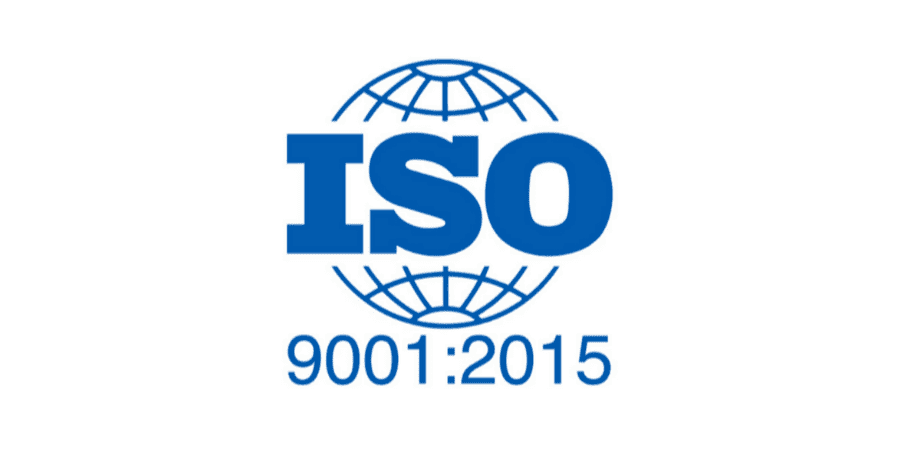As additive manufacturing continues to grow in industries from medical devices to aerospace, customers naturally ask: “How do I know my 3D printed parts meet rigorous standards?”
Certifications provide that peace of mind. They verify that materials, processes, and final parts have passed strict tests for dimensional accuracy, mechanical performance, chemical safety, and more. In this article, you’ll discover the key 3D printing services certifications to look for—and why choosing a certified 3D printing supplier matters for your project’s success.
ISO & ASTM Standards
ISO 9001: Quality Management Systems
A universal benchmark, ISO 9001, ensures a supplier has documented processes for consistent production, continuous improvement, and customer satisfaction.
ISO/ASTM 52900 & 52901: Additive Manufacturing Fundamentals
These companion standards define common terminology, process categories (e.g., SLA, SLS, FDM), and general principles—so everyone speaks the same language when discussing custom 3D printed parts.
ASTM F2792: Standard Terminology for Additive Manufacturing
Often cited in product specs, this standard clarifies material and process names (for example, DMLS versus SLM), helping engineers compare apples to apples across different 3D printing services.
Industry-Specific Quality Standards
AS9100: Aerospace Quality Management
Derived from ISO 9001 with added aerospace requirements, AS9100-certified suppliers maintain rigorous traceability, risk management, and configuration control—vital for flight-critical parts.
IATF 16949: Automotive QMS
When 3D printed components enter vehicle assemblies, defect prevention and waste reduction are paramount. IATF 16949 certification ensures your parts meet automotive industry rigor.
ISO 13485: Medical Devices
For implants, surgical guides, or custom medical tooling, ISO 13485-certified suppliers adhere to strict controls over design, manufacturing, and post-market surveillance.
Material & Safety Certifications
UL (Underwriters Laboratories)
UL 94: Rates plastic flammability (e.g., V-0, V-2), crucial for enclosures or electronic housings.
Material Recognition Program: Identifies polymer feedstocks that have passed UL’s material testing.
RoHS & REACH
Environmental directives like RoHS (Restriction of Hazardous Substances) and REACH (Registration, Evaluation, Authorization, and Restriction of Chemicals) guarantee that printed parts are free from lead, mercury, cadmium, and other harmful chemicals—important for both consumer safety and regulatory compliance.
Regulatory & End-Use Approvals
CE Marking (European Economic Area)
A CE mark shows that parts meet EU directives for health, safety, and environmental protection—required if you plan to distribute components or assemblies in Europe.
FDA 21 CFR Part 820 (U.S. Medical Devices)
For medical-grade 3D printed devices used in the United States, FDA’s Quality System Regulation ensures design controls, process validations, and record-keeping meet the highest standards.
Special-Purpose Accreditations
NADCAP (National Aerospace and Defense Contractors Accreditation Program)
Focusing on special processes (such as heat treatment or non-destructive testing) within aerospace manufacturing, NADCAP accreditation signals that major OEMs have audited a supplier’s procedures.
MIL-STD Specifications
Military standards like MIL-STD-810 (environmental testing) and MIL-STD-883 (microelectronics) demonstrate a part’s ability to withstand extreme conditions—vital for defense and space applications.
Hi3DP Partners with Certified Suppliers
At Hi3DP, we understand that certified 3D printing suppliers form the backbone of reliable, high-quality service. We partner exclusively with facilities holding the certifications above—and more—so you never have to wonder about the legitimacy of your parts’ credentials.
Traceability & Documentation: Every print is backed by full material and process records.
Rigorous Quality Control: Incoming material checks, in-process inspections, and final testing ensure your parts will perform as expected.
Seamless Compliance: Whether you require ISO, UL, FDA or NADCAP documentation, we can include it with your shipment, but the additional costs are at your expense.
FAQ
Q: What is a 3D printed part certification?
A: It’s an official confirmation—by bodies like ISO, ASTM, UL, FDA, CE or NADCAP—that your part’s materials, processes, and final performance meet specific industry requirements.
Q: Do I always need certifications for prototyping?
A: Not necessarily. Early-stage prototypes often focus on form and fit. But if you’re validating functionality, mechanical strength, or regulatory compliance (e.g., for medical or aerospace), you’ll want the relevant certifications.
Q: How do I request a specific certification when ordering from Hi3DP?
A: Contact at hey@hi3dp.com.
Q: Can Hi3DP handle multiple certifications on one part?
A: Absolutely. Many parts require overlapping approvals (for example, ISO 9001 + AS9100 for aerospace plus UL 94 for flammability). We coordinate multi-standard testing seamlessly.
Q: How long does certification testing add to my lead time?
A: It depends on the standard, but most material and process tests (like UL or ASTM mechanical tests) add just a few days.














